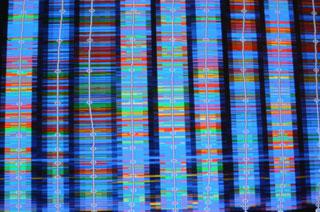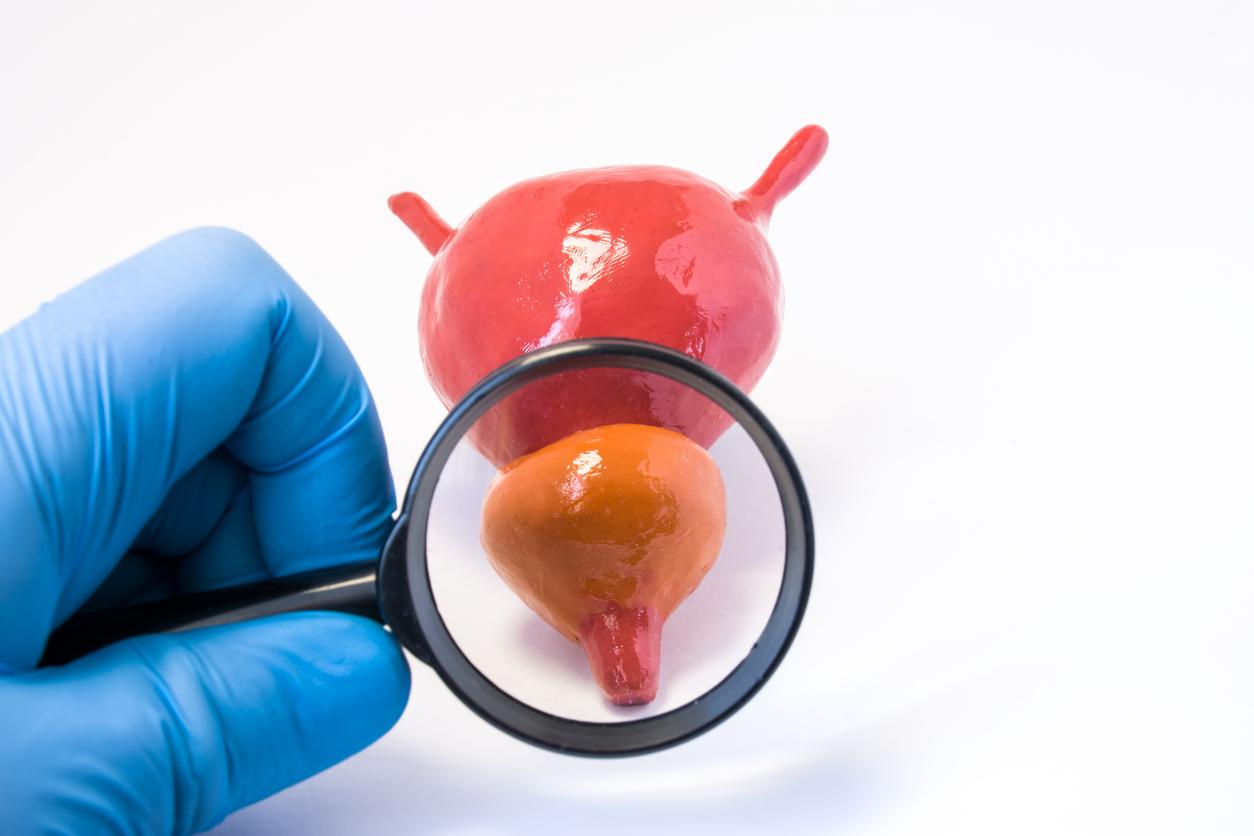To identify the perpetrators of crimes or offenses via their DNA, forensic scientists will use new genetic markers.

The scientific police are sharpening their tools. To confuse delinquents and criminals based on their DNA, new markers have been added to the list of those used so far. a decree published at the end of August in the Official Journal thus fixes the list of DNA segments which will henceforth be used for genetic analysis.
5 additional markers
To identify the perpetrators of an offense, twelve genetic markers will now be analyzed, instead of seven today. These markers are analyzed from the DNA left at the crime scenes, using “rich” (saliva, blood, sperm) or “weak” (skin cells) biological traces. They are then compared with data from the National Automated Genetic Footprint File (FNAEG), which contains the DNA of more than three million individuals in France.
“This is good news,” says Laurent Pène, head of the Person Identification Division of the forensic science laboratory in Lyon. This will allow us to improve the exchange of information between countries of the European Union, while the perpetrators travel more and more ”.
In fact, within Europe, investigation methods differ, and the markers used for genetic analysis are not the same from one country to another. “The problem is that these discrepancies increase the number of false positives,” continues Laurent Pène. We think we come across a DNA match, but in fact, it is a coincidence that does not allow us to establish the identification ”. The increase in the number of markers is intended to reduce the rate of chance matches.

DNA sequencing, human genome. Each column corresponds
to a sequence. Inserm / Michel Depardieu
New machines
This decree is therefore part of the Treaty of Prüm. Signed in 2005 by the EU member states, the text strengthens police cooperation and the exchange of information between them. It aims, as a priority, to fight against “terrorism, organized crime and illegal migration”, specify the texts. Three main types of information are thus shared: license plates, analyzes of hair traces and genetic analyzes.
Germany, Austria and England have also adopted these new genetic markers. In France, this modification of the analysis methods will have to be accompanied by a modernization of the IT tools allowing sequencing. “At the Lyon laboratory, three machines were acquired for an amount of 200,000 euros,” explains Laurent Pène. Among them, a brand new capillary electrophoresis system, which separates DNA fragments.
With these new tools, criminals and delinquents will find it difficult to escape the clutches of the police. All the more so as genetic sequencing is getting faster and cheaper. “We can analyze biological traces taken in police custody in two to three hours,” explains Laurent Pène.
For the DNA of a delinquent, it takes between 20 and 100 euros. “If the trial doesn’t result in a match, we don’t continue the research, we just make a report.” A criminal’s DNA will require more comprehensive analysis and further testing if the former are negative. It is then necessary to count around 200 euros.
.

















